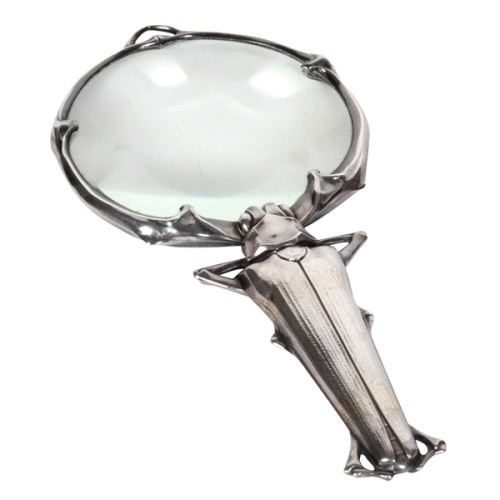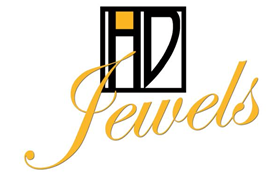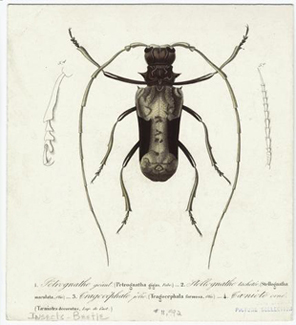Product Description
Important Lucien Gaillard “Staghorn beetle” silver and gold inlay magnifying glass, signed c. 1900



Silver hand finished and repoussed in the form of a staghorn beetle with horns encircling the round magnifying glass, gold details
Signed: L. GAILLARD (engraved) on lower right leg, head of Minerva (950/1000 pure silver)
The staghorn beetle was a favorite form for Gaillard and the inspiration for many examples of his work including jewelry, vases and this magnifying glass. A variant model in cast bronze can be seen in the collection of the Musee d’Orsay in Paris.
Important Lucien Gaillard “Staghorn beetle” silver and gold inlay magnifying glass, signed c. 1900
ANTONIO PIÑEDA (1919-2009) Taxco, Mexico
Exhibition Pitcher c.1959-60
Handwrought sterling silver in an overall triangular form with a diamond opening and a double splayed form and contoured handle, 30 troy ounces total weight
Marks: Antonio Taxco (large crown mark) Sterling Silver, 930, Mexican Eagle silver standard mark
Exhibited at the Triennale di Milano, Italy, 1960
Provenance: Antonio Pineda, 1990
Illustrated: Triennale di Milano, Argentería di Antonio Pineda,
Exhibition Catalogue (Milan, 1960).
H: 6 5/8” x L: 9 ½” x D: 5 ¾”
TIM LIDDY (b. 1963) Missouri
“Lie Cheat and Steal” (1971) The Game of Political Power 2006
Oil and enamel on copper, plywood back
Signed in script: Tim Liddy “circa 1971” 2006, red circular ring
Provenance: William Shearburn Gallery (St. Louis, MO)
H: 12” x W: 9” x D: 2”
With his recent paintings, Liddy has both reasserted the construct of hyperrealist painting and developed a thoroughly unique advancement of that mode by extending the cultural reality of the indexed original. Based on the illustrated box lids of vintage board games, Liddy has recontextualized a subject, which evokes the underlying rules of life. Painted on copper or steel in the precise dimensions of the original, the metal is then manipulated to demonstrate the exact rips and tears from years of usage and includes trompe-l’oeil renditions of the scotch tape that might be holding the cardboard box together, the assorted stains, or the various graffiti of time. Liddy leaves no possibility of ambivalence, these works speak to a concurrent understanding of their original object identity and to themselves as works of art engaged in historical and psychological dialogue.
